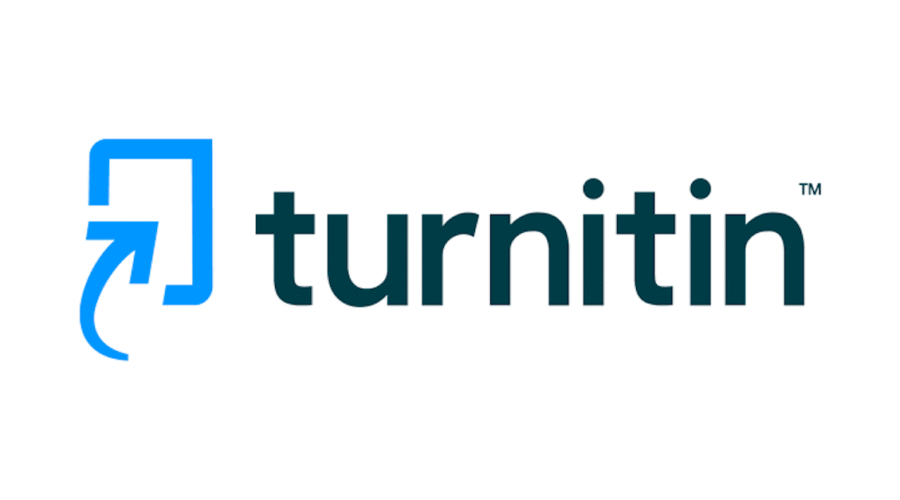The Turnitin AI detector is a specialized tool designed to spot AI-generated writing in student submissions. It aims to help educators uphold academic integrity by distinguishing between content written by humans and that produced by AI tools like ChatGPT and Gemini. Since its launch in April 2023, Turnitin has processed over 130 million papers for AI detection, flagging millions for significant AI involvement.
How the Turnitin AI Detector Works
Turnitin’s AI detector uses advanced algorithms to analyze text patterns, sentence structure, and predictability. The tool breaks down submissions into smaller parts and checks for signs of machine-generated language, such as overly predictable phrasing, uniform sentence length, and lack of personal voice. In 2025, Turnitin expanded its capabilities to support Japanese language submissions, reflecting ongoing updates to keep pace with new AI models.
Accuracy and Limitations
Turnitin claims a high accuracy rate, with some independent studies reporting up to 99-100% effectiveness in academic settings and a very low false-positive rate (approximately 1%). In controlled tests, Turnitin successfully identified AI-generated content from popular models like ChatGPT, Gemini, and Claude. However, its performance is less reliable when content is heavily paraphrased or modified using AI bypass tools. In some cases, Turnitin flagged human-written text as AI and failed to detect AI-modified content.
A comparative review of leading AI detectors in 2025 reveals that Turnitin’s AI detector is among the most accurate for academic use, albeit with some flaws. While it performs well on standard AI-generated text, it can be fooled by advanced paraphrasing or obfuscation techniques. The tool’s robustness against adversarial attacks remains uncertain, as Turnitin does not publicly share detailed evaluation data.
Bias and Institutional Adoption
Turnitin has worked to minimize bias, particularly regarding non-native English writers. Studies indicate the false positive rate does not differ significantly between native and non-native English submissions. Despite these efforts, some universities have discontinued the use of the Turnitin AI detector, citing concerns about reliability, cost, and bias. For example, the University of Waterloo decided to stop using the tool in September 2025 after internal testing revealed instances where human-written text was incorrectly flagged as AI-generated.
How Turnitin Compares to Other AI Detectors
The landscape of AI content detection in 2025 is highly competitive. Tools like Detecting-ai.com, Originality AI, and Copyleaks offer varying degrees of accuracy and features. Detecting-ai.com leads with a 99% accuracy rate, while Originality AI is praised for detecting human-edited AI content. Turnitin’s AI detector remains a preferred choice in academic settings due to its integration with plagiarism detection and its focus on educational integrity.
Below is a comparison of leading AI detectors:
| Detector | Accuracy | False Positives | Best Use Case | Pricing |
|---|---|---|---|---|
| Turnitin AI Detector | 99-100% (academic, limited studies) | ~1% | Academic integrity | Institutional only |
| Detecting-ai.com | 99% | Not specified | Enterprise content | Free/Paid |
| Originality AI | 85% | Moderate | Content marketers | Paid |
| GPTZero | 66.5% | Very low | Education | Freemium |
| Copyleaks | 80-100% | Very low | Plagiarism + AI detection | Freemium |
Best Practices for Using the Turnitin AI Detector
Educators and institutions using the Turnitin AI detector should:
- Understand its strengths and weaknesses, especially with paraphrased or obfuscated AI content.
- Supplement AI detection with human review for high-stakes decisions.
- Stay informed about updates, as Turnitin regularly improves detection models to address new AI technologies.
- Utilise AI detection as part of a comprehensive academic integrity strategy rather than relying solely on it for identifying misconduct.
The Role of AI Detectors in Academic Integrity
AI content detectors, such as the Turnitin AI detector, are now essential in education, publishing, and professional settings. They help maintain quality, ensure originality, and support compliance with academic and industry standards. As AI-generated content becomes more sophisticated, these tools must evolve to keep up with new challenges, including advanced paraphrasing and multilingual submissions.
Institutions should balance the use of AI detectors with education on academic integrity and transparent assessment practices. No tool is infallible, and the best results come from combining technology with human expertise and ethical guidance.
The Future of AI Content Detection
The Turnitin AI detector continues to innovate, but it faces competition from other advanced detectors and ongoing skepticism about reliability. As AI writing tools improve, so must detection methods. The focus will remain on accuracy, fairness, and supporting educators in promoting genuine learning and original work.

